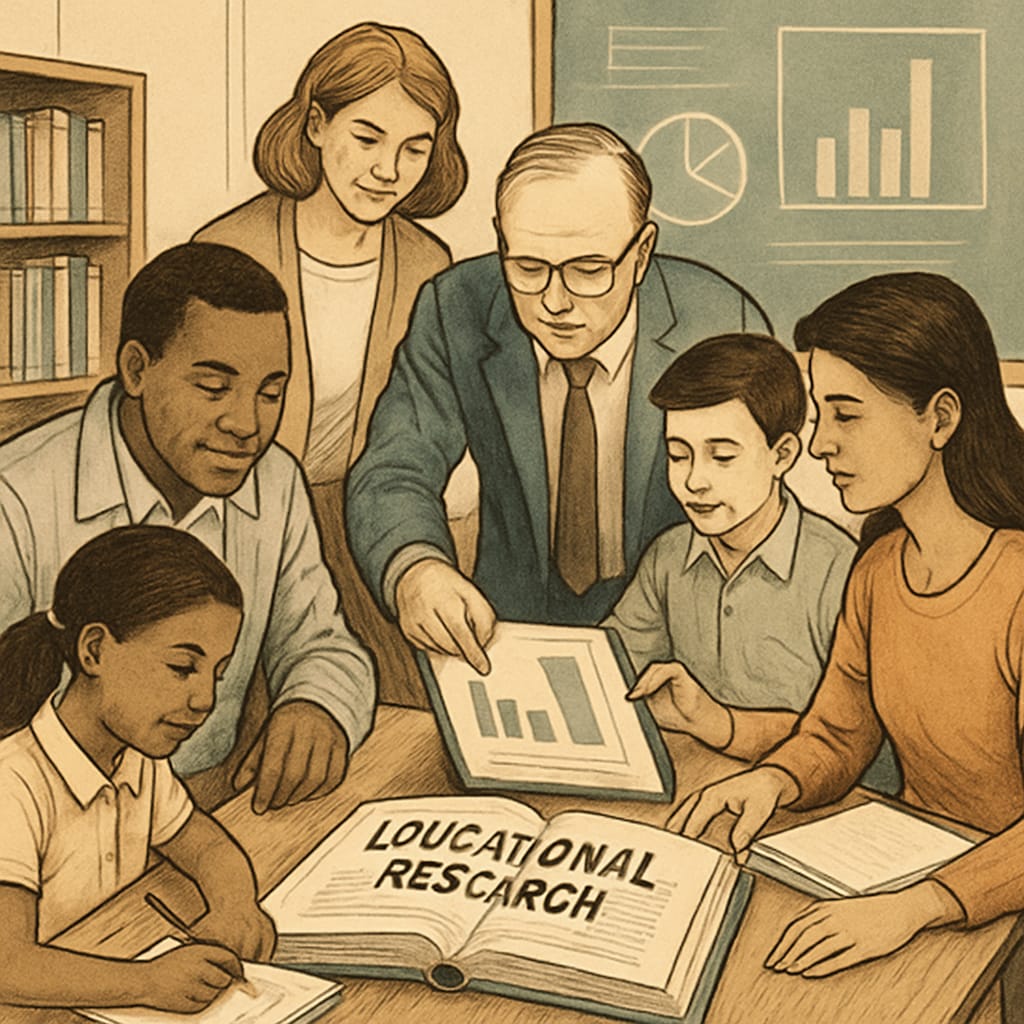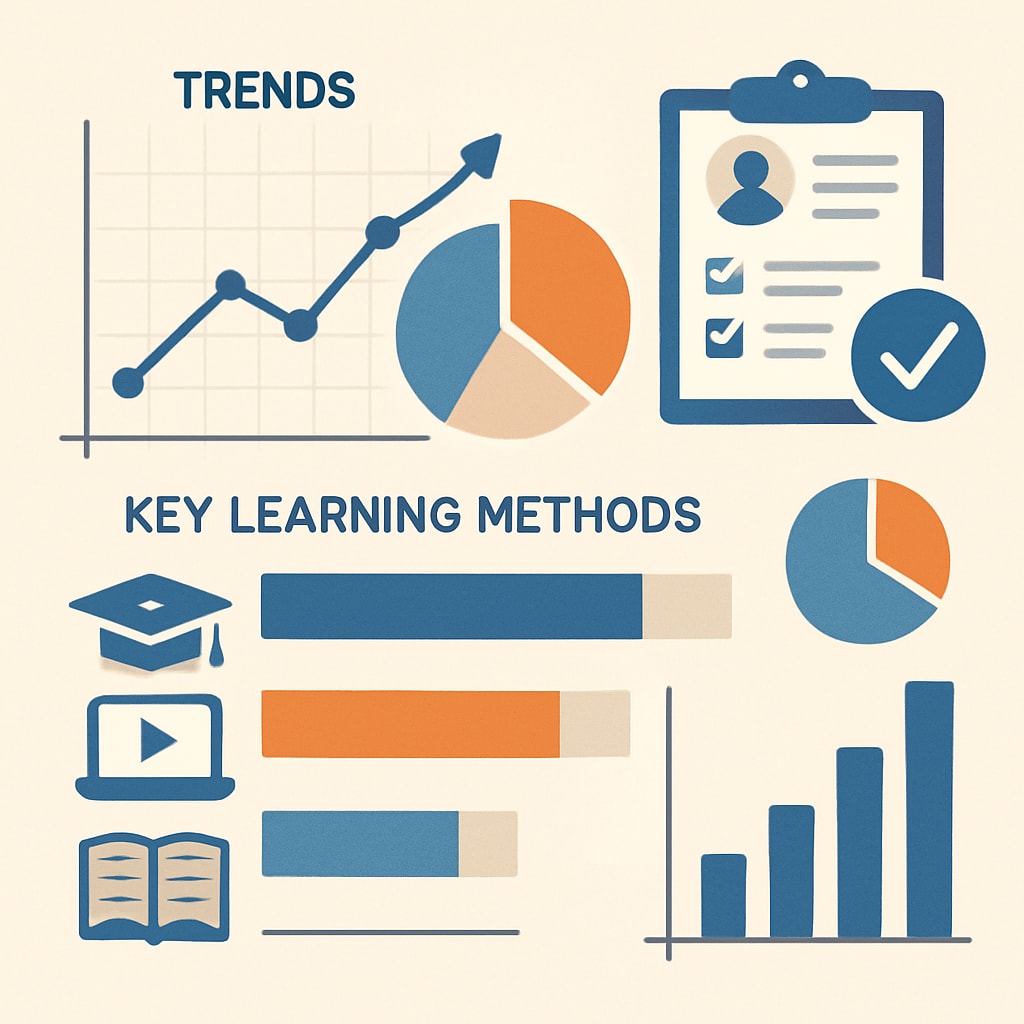The success of any research project relies on the strength of its foundation, and when it comes to exploring effective learning methods, community participation becomes crucial. Our initiative to create a comprehensive K12 learning methods database has already gathered 48 insightful responses through survey forms. However, we aim to reach a target of 100 responses to ensure a robust and diverse set of data. This article delves into the significance of this collaborative effort, the educational value of the collected responses, and the transformative potential of achieving this milestone.
Why Community Collaboration Matters in Learning Research
Learning is not a one-size-fits-all endeavor. Each student, teacher, and parent brings unique perspectives and experiences to the table. By actively involving the community in our research project, we aim to capture this diversity and build a comprehensive understanding of effective K12 learning methods. Surveys serve as an accessible tool for gathering these perspectives, ensuring that every voice can contribute.
Community-driven research fosters inclusivity and ensures that the findings are relevant and applicable in real-world educational settings. For example, insights from parents might highlight the importance of time management strategies, while teachers might underscore the significance of differentiated instruction. Together, these inputs can shape a well-rounded learning methodology.

Analyzing the Educational Significance of Current Responses
The 48 responses collected so far have already started to paint a vivid picture of modern K12 education. Preliminary analysis reveals recurring themes such as the importance of active learning, the integration of technology, and tailored approaches to individual student needs. Additionally, respondents have shared practical techniques like mnemonic devices, peer-to-peer teaching, and gamified learning strategies.
These findings provide valuable insights into what works in the classroom and beyond. By expanding this dataset, we can further identify patterns and trends that may not be apparent in smaller sample sizes. For instance, are there specific strategies that work better for certain age groups? How does socioeconomic background influence preferred learning methods? A larger dataset will allow us to answer these critical questions.

Achieving the 100-Survey Milestone: A Call to Action
While the current responses offer a strong starting point, reaching our goal of 100 survey submissions is essential for the validity and reliability of our research. We invite educators, parents, and students to join this effort by sharing their insights. Completing a survey requires only a few minutes but contributes significantly to the future of K12 education.
In addition, participants will gain early access to our findings, enabling them to apply proven strategies in their own educational contexts. Together, we can create a resource that empowers the entire educational community.
How You Can Participate:
- Educators: Share your classroom experiences and strategies that have proven successful.
- Parents: Provide insights into methods that support learning at home.
- Students: Reflect on what helps you learn best and share your thoughts.
To participate in the survey, follow this link: K12 Learning Methods Survey.
The Transformative Potential of Collaborative Research
Once our survey reaches its goal, the data will be used to create a publicly accessible database of effective K12 learning methods. This resource will serve as a practical guide for educators, parents, and students worldwide. For example, an educator seeking to improve engagement in a math class might discover specific gamification techniques that align with their students’ needs.
Moreover, the findings will be shared through webinars, articles, and workshops, ensuring that the knowledge reaches as many people as possible. This collaborative approach exemplifies the power of collective wisdom in driving educational innovation.
We believe that by working together, we can revolutionize how learning is approached at the K12 level, ultimately benefiting future generations.
Conclusion: The journey to reshape K12 learning methods begins with a single step—or, in this case, a single survey response. Join us in this research project by contributing your insights through our survey forms. Together, we can build a brighter future for education.


